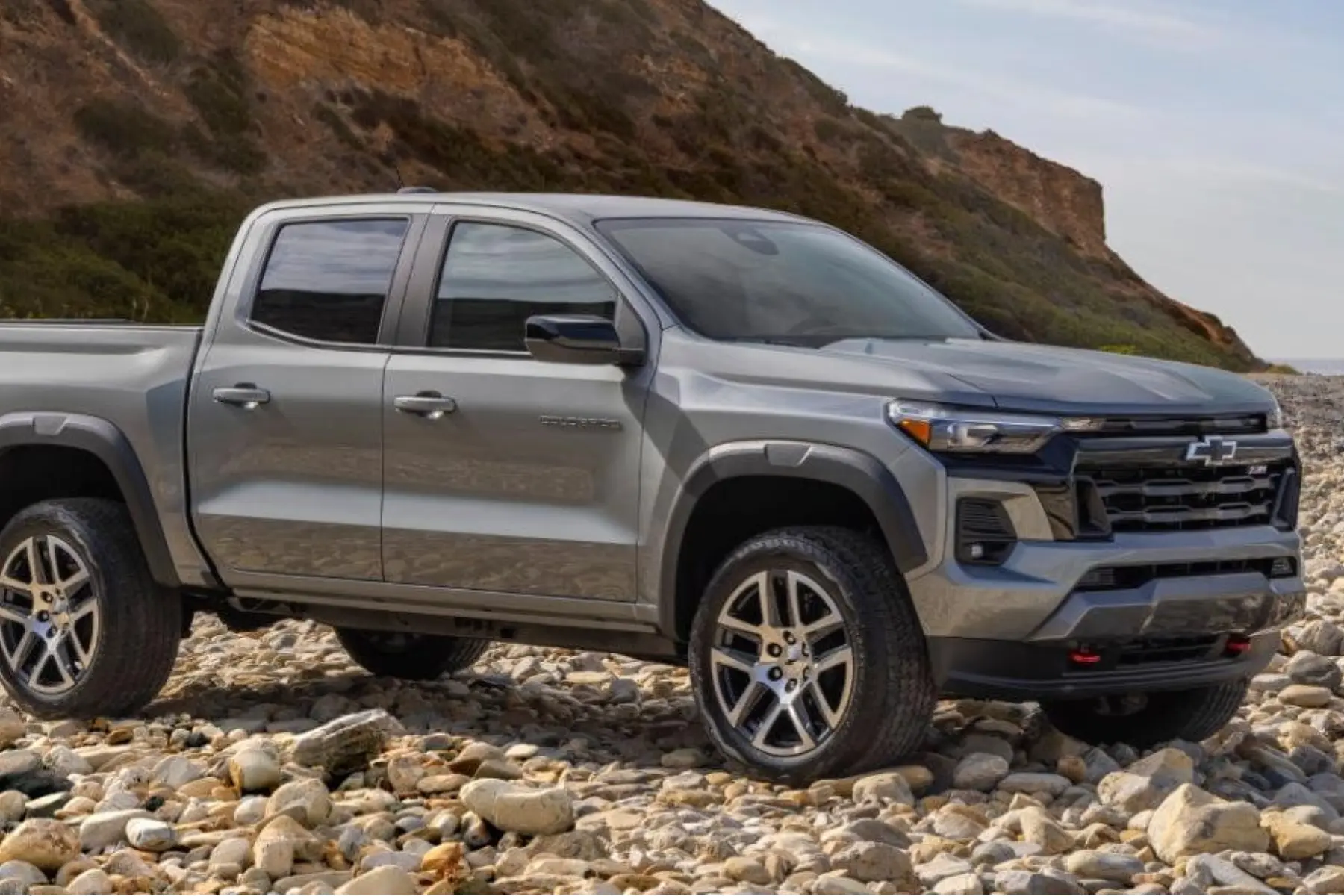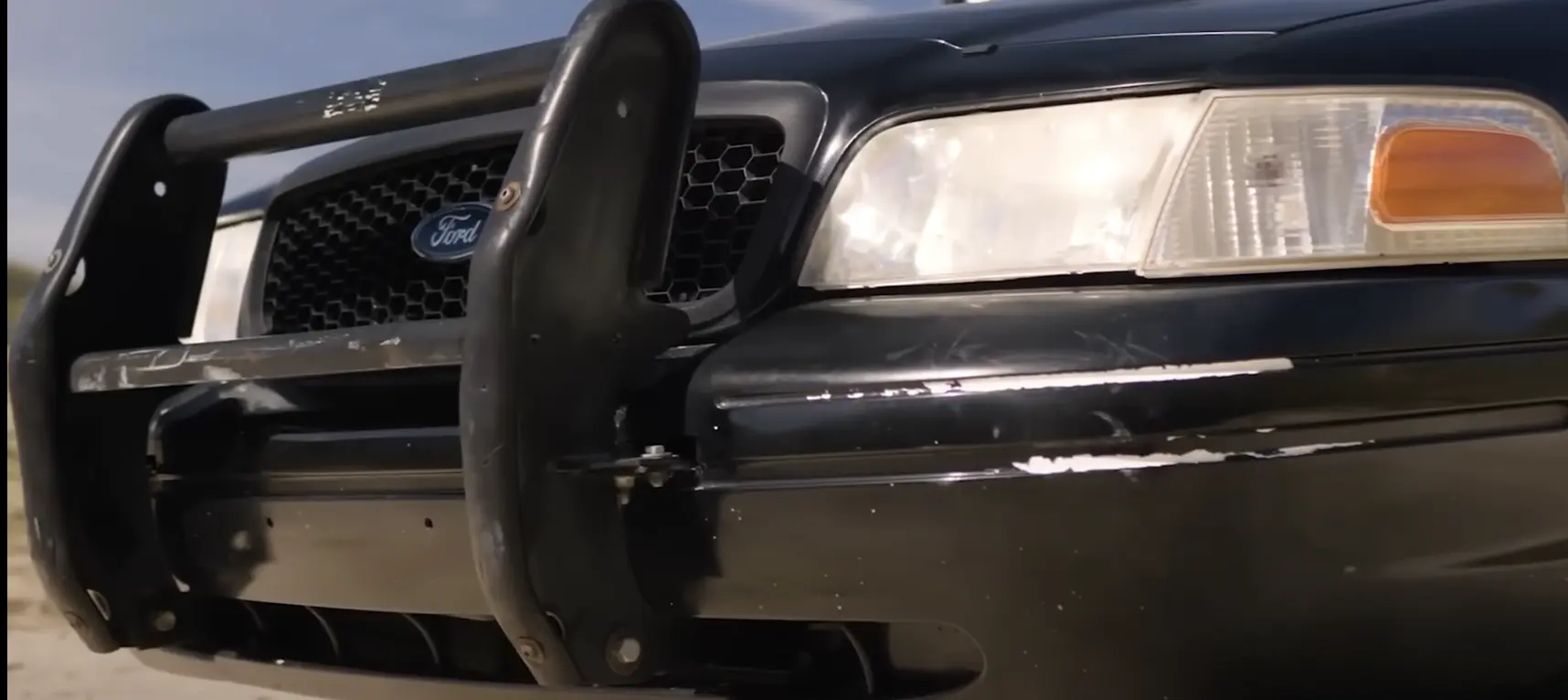American Motors Corporation (AMC), often considered the David against the automotive Goliaths of Ford, GM, and Chrysler, carved its niche in the car world by introducing unique vehicles like the futuristic AMX3 concept, the beloved Javelin, and the quirky Gremlin. With such bold innovations, AMC’s journey is a compelling saga of ambition, creativity, and resilience.
Post World War II, the automotive landscape saw the birth of AMC through the merger of Nash-Kelvinator Corporation and Hudson Motor Car Company in 1954. While they were smaller companies compared to the “Big Three,” their union made a significant mark on the industry. Under the leadership of George Romney, AMC embraced a compact car strategy in the late 1950s, which proved to be a wise move. The Rambler American emerged, appealing to those weary of the era’s prevalent gas-guzzlers, and it solidified AMC’s reputation for practical and fuel-efficient vehicles.
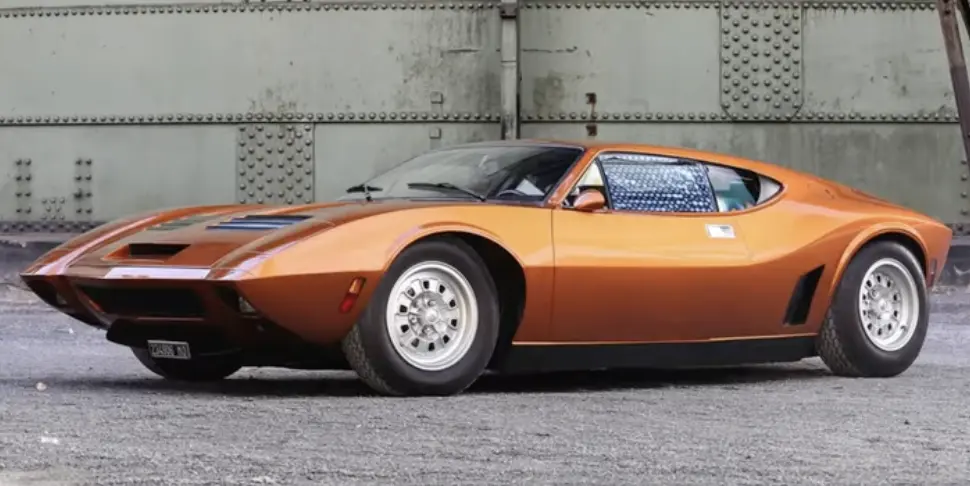
The 1960s and 70s saw AMC daring to venture further into the performance and luxury segment. They introduced the AMC Javelin and the AMX, both attempts to tap into the muscle car era dominated by Mustangs and Camaros. However, AMC’s most audacious move was the development of the AMX3, a mid-engine supercar conceptualized to push the boundaries of performance and design. Though it never went into production, the AMX3 remains a testament to AMC’s ambitious spirit, as it was designed to compete with the best in sports car class, featuring a 390 cubic inch V8 and 340 horsepower under its sleek, aerodynamic frame.
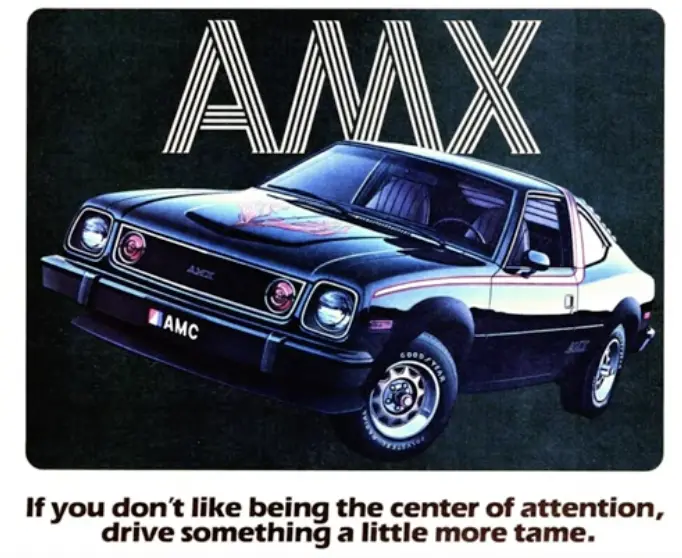
Despite these innovations, AMC faced challenges. The 1970s brought the Gremlin, which, despite its unconventional design, responded to the fuel crises by offering a compact and economical vehicle that still turned heads. However, AMC’s venture with Renault in producing vehicles like the Alliance and the Encore did not meet the expected success, reflecting the struggles of maintaining competitiveness in the rapidly evolving auto industry.
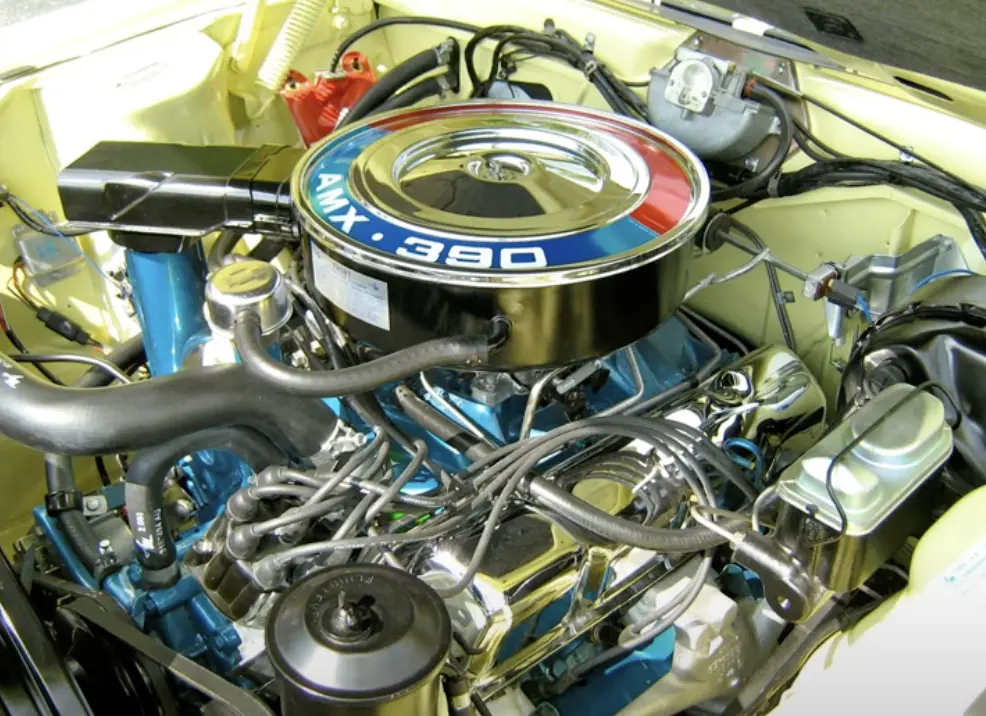
Despite successfully acquiring the Jeep brand in the 1980s, AMC could no longer keep up with the colossal scale and resources of its competitors. In 1987, Chrysler, under the leadership of Lee Iacocca, acquired AMC, marking the end of the company as an independent entity. The last AMC Eagle wagon rolled off the assembly line on December 14, 1987, closing a chapter of a company known for its innovation, courage, and distinctive take on automobile manufacturing.

AMC’s story is about an unyielding effort to make a mark in an industry dominated by giants. It’s a tale of a company that, despite its eventual downfall, left an indelible legacy that continues to inspire car enthusiasts and serves as a poignant reminder of the impact of innovation and audacity in the face of overwhelming odds.


